

ECMWF news highlights in the first seven months of 2019 include an upgrade of ECMWF’s Integrated Forecasting System that greatly improved forecasts; a series of events to drive forward numerical weather prediction; an assessment of ground-breaking new wind data; and the appointment of a new Director of Copernicus Services.
Better forecasts
On 11 June, ECMWF implemented a substantial upgrade of its Integrated Forecasting System (IFS), which significantly improved global medium-range weather forecasts. One of the key novelties in IFS Cycle 46r1 is that it makes data assimilation more continuous.
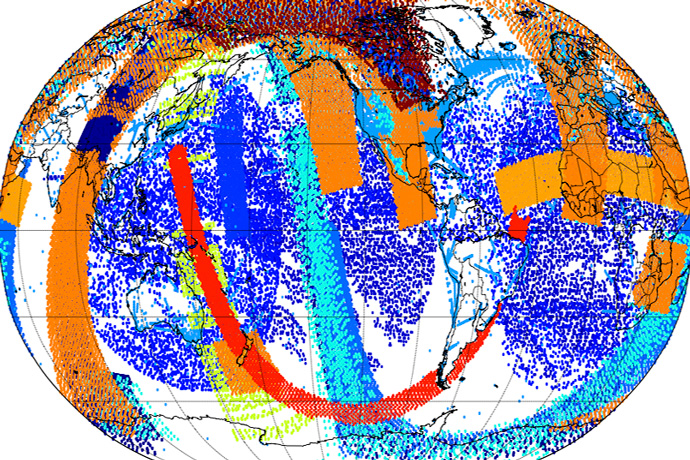
Example of extra observations assimilated in a single data assimilation cycle as a result of changes in ECMWF’s Integrated Forecasting System implemented on 11 June.
Wave forecasts benefited from a new physics package as well as improvements in variables that drive the forecasts, such as near-surface winds.
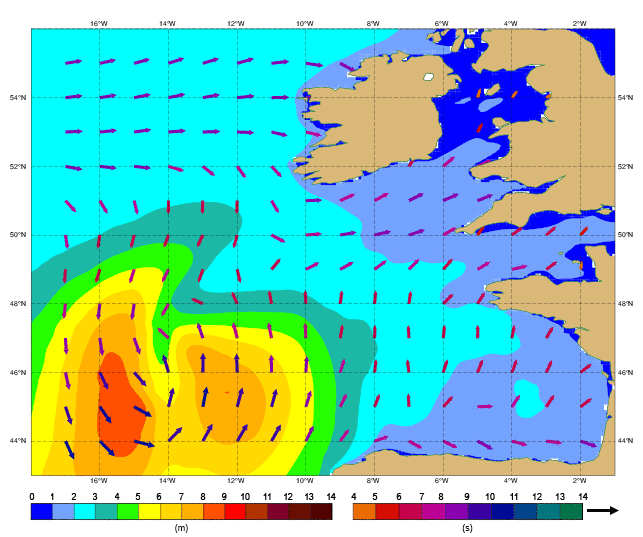
This animation shows a simulation of significant wave height (shading, left-hand legend, and length of arrows), mean wave direction (arrows) and mean wave period (colour of arrows, right-hand legend) as ex-hurricane Ophelia approached Ireland, in 1-hour steps on 16 October 2017.
Users were briefed on the changes during this year’s Using ECMWF’s Forecasts meeting (UEF 2019), which took place at the Centre from 3 to 6 June. The annual UEF meetings give ECMWF data users an opportunity to learn about the Centre’s plans, new products and services.

About 100 external participants attended the UEF 2019 meeting.
Building on the IFS upgrade, the global forecasting system of the Copernicus Atmosphere Monitoring Service (CAMS) was also successfully upgraded on 9 July, making air quality forecasts more accurate and robust. CAMS is implemented by ECMWF on behalf of the EU, and the new operational system is based on IFS Cycle 46r1.
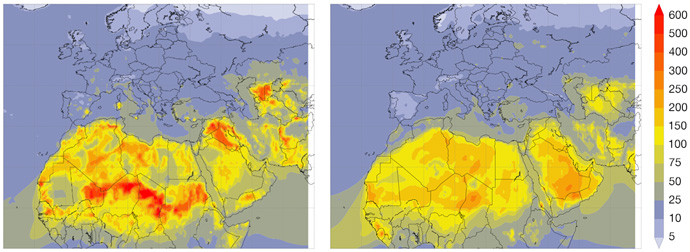
Example of differences. PM10 concentrations (concentrations of particles less than or equal to 10 μm in diameter, in µg/m3) averaged over March to May 2019 according to the new forecasting system (left) and the old forecasting system (right).
Driving forward weather science
Seventy weather observation specialists and modelling experts met at ECMWF from 10 to 13 June to discuss how to maximise the benefits of observational campaigns for weather forecasting and vice versa.

ECMWF scientist Irina Sandu gave a talk on how observations from ARM/ASR facilities have contributed to ECMWF model development during a decade of research funded by ARM/ASR. ARM (Atmospheric Radiation Measurement) is a US ground-based observations facility, and the ASR (Atmospheric System Research) programme of the US Department of Energy aims to quantify the interactions between aerosols, clouds, precipitation, radiation, dynamics, and thermodynamics.
Another major event saw 100 scientists from across the world come together at ECMWF from 2 to 5 April to discuss predictability, dynamics and applications research using the TIGGE and S2S ensemble forecast databases.
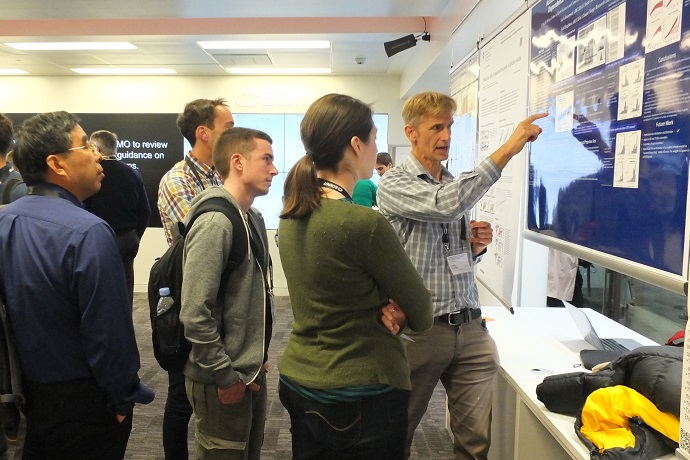
Many of the scientists brought posters along to explain their use of the TIGGE and S2S databases.
A first evaluation of data from the Aeolus satellite launched by the European Space Agency in August 2018 has confirmed that the mission’s ground-breaking laser technology can be used to obtain global wind profiles that are very useful to numerical weather prediction.

Aeolus can measure winds up to an altitude of about 30 km. (Image: ESA/AOES Medialab)
OpenIFS at ECMWF has teamed up with the University of Oxford e-Research Centre to enable scientists to run the OpenIFS weather model on thousands of people’s home computers. The OpenIFS@home project was launched on 18 June during this year’s OpenIFS user workshop at the University of Reading.
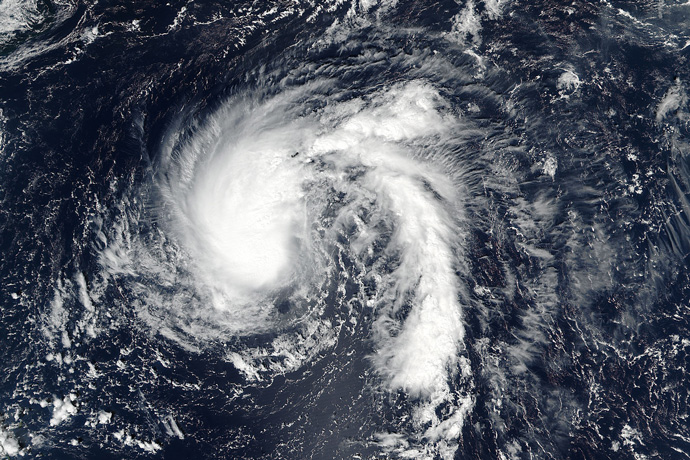
Scientists will be able to study events such as tropical storm Karl, which developed in the Atlantic in September 2016, using the OpenIFS@home project. (Image: NASA Visible Earth, LANCE/EOSDIS Rapid Response team)
On the occasion of International Women’s Day 2019, we brought together four ECMWF scientists, two women and two men whose scientific training spans six countries and the period 1981 to 2017, to talk about why there are so few women in science.
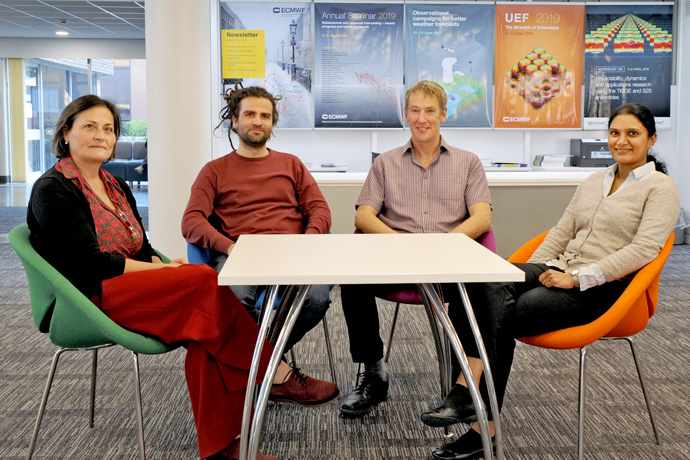
From left to right: Laura Ferranti, Gabriele Arduini, Erik Andersson and Beena Balan Sarojini.
State of the climate report and reanalysis
The EU-funded Copernicus Climate Change Service (C3S) implemented by ECMWF presented the European State of the Climate 2018 report at a top geoscience meeting in Vienna, Austria, on 9 April. Freja Vamborg, the scientist who pulled the report together, noted that one of the most significant events in 2018 was the exceptionally warm and dry spring and summer in central and northern Europe.
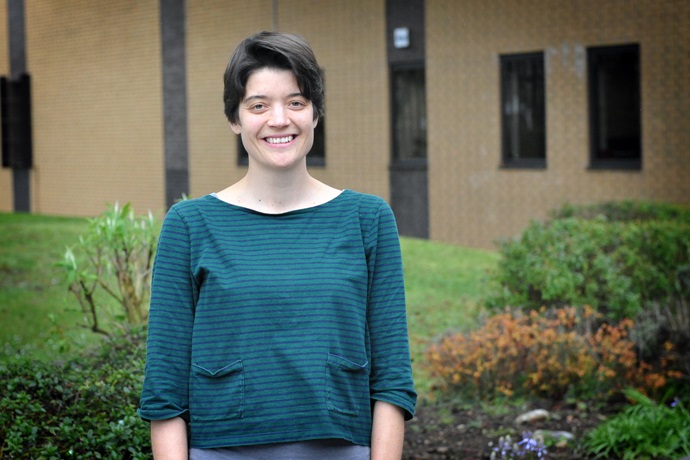
Freja Vamborg joined ECMWF in 2017 to work for the Copernicus Climate Change Service.
Earlier in the year, C3S released the latest tranche of ERA5 reanalysis data going back to 1979. This innovative dataset will eventually go back all the way to 1950.

The ERA5 reanalysis provides a detailed picture of the track, intensity (contours, in hPa) and accumulated rainfall (shading, in mm) associated with Hurricane Florence as it struck the east coast of the US in September 2018 (left). Its predecessor, ERA-Interim, provides a less accurate and less detailed picture as it uses an older model version, fewer observations and a lower spatial and temporal resolution (right).
One of the pioneers of reanalysis at ECMWF, Deputy Head of C3S Dick Dee, left the Centre on 28 June on reaching retirement age, but only after overseeing the transition from the hugely successful ERA-Interim to the state-of-the-art ERA5 reanalysis.

When Dick started to work at ECMWF as a visiting scientist in 2003–04, little did he know that he would return shortly after and stay for the next 15 years.
New air quality data assessed
ECMWF scientist Antje Inness harnesses the power of new satellite instruments to monitor trends in atmospheric composition and air quality. One focus of her work has been the TROPOMI instrument carried by the Sentinel-5P satellite launched in October 2017.
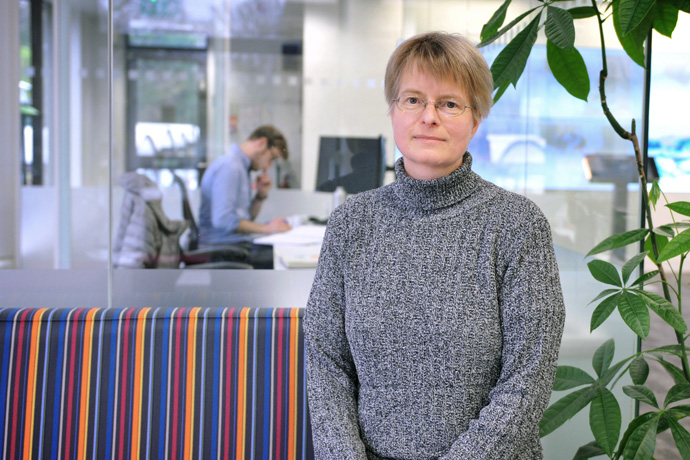
Antje Inness joined ECMWF in the year 2000 to work on satellite observations of water vapour and ozone.
New Director of Copernicus Services
Jean-Noël Thépaut has been appointed as ECMWF’s new Director of Copernicus Services from 1 October 2019, when Juan Garces de Marcilla steps down from the post. Jean-Noël has been a key player in the ECMWF team which has successfully implemented two of the EU’s Copernicus Earth observation services: the Copernicus Climate Change Service (C3S) and the Copernicus Atmosphere Monitoring Service (CAMS).

Jean-Noël is currently the Head of the Copernicus Climate Change Service (C3S).
